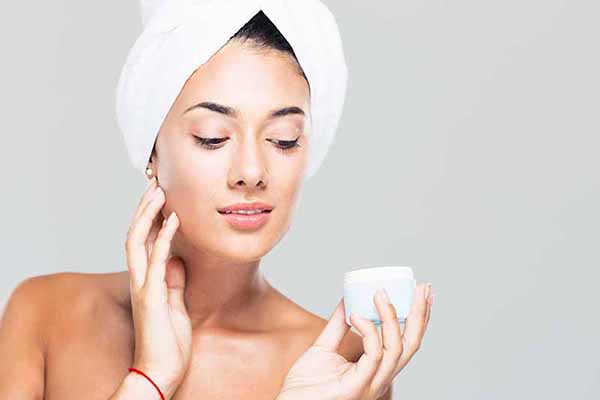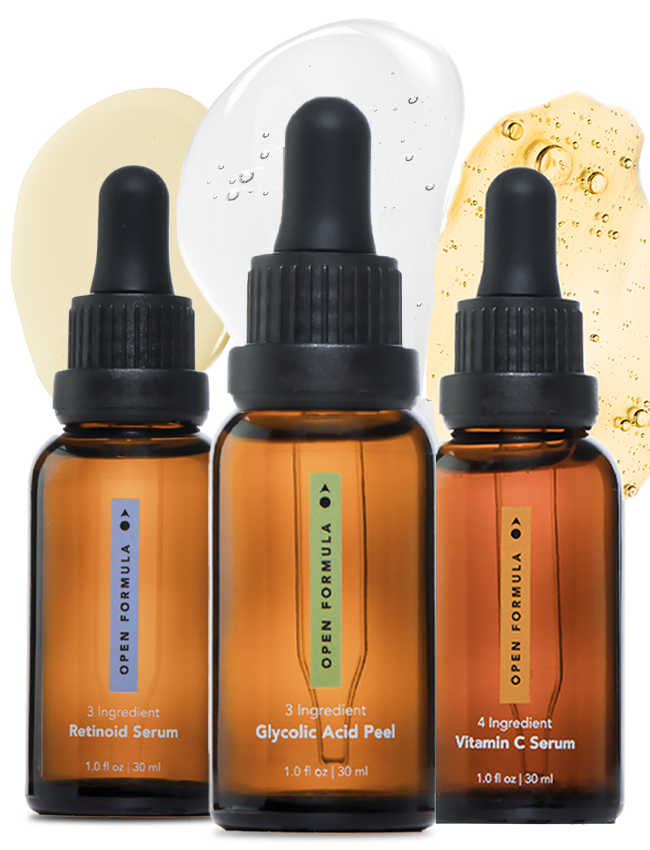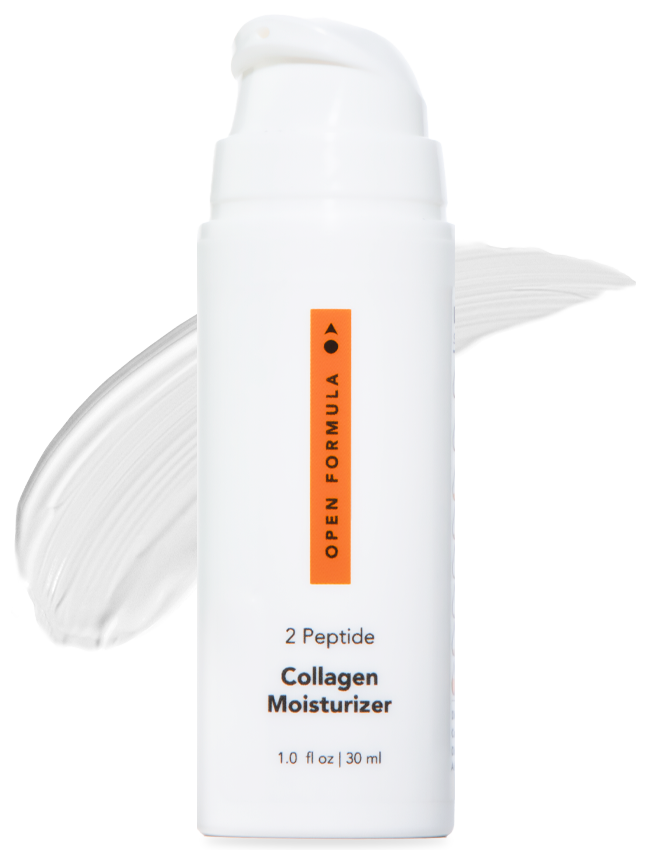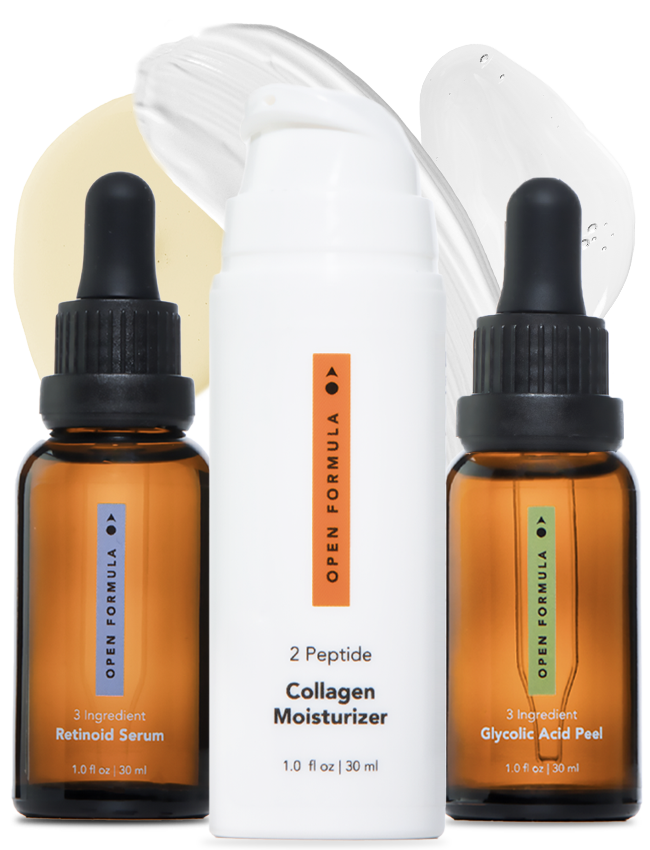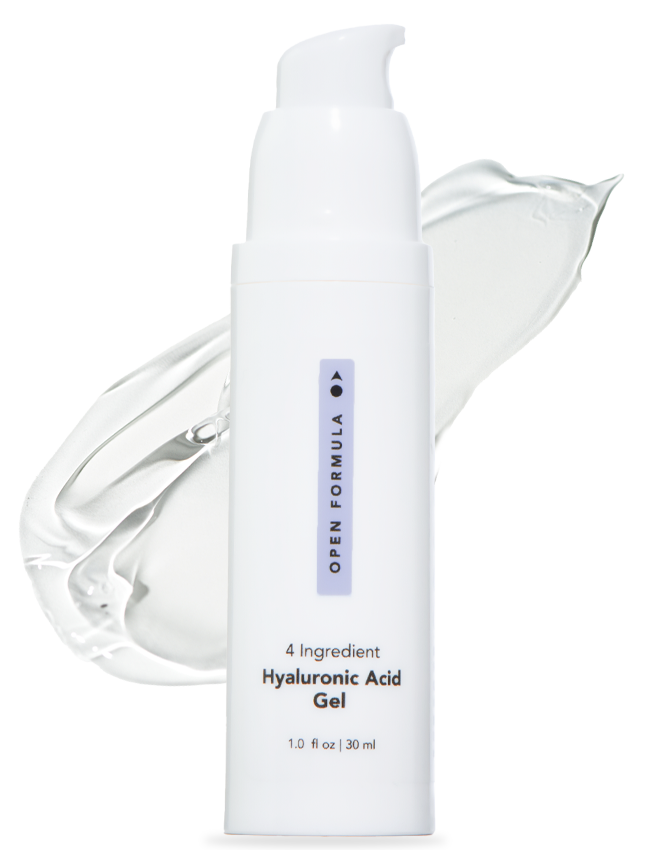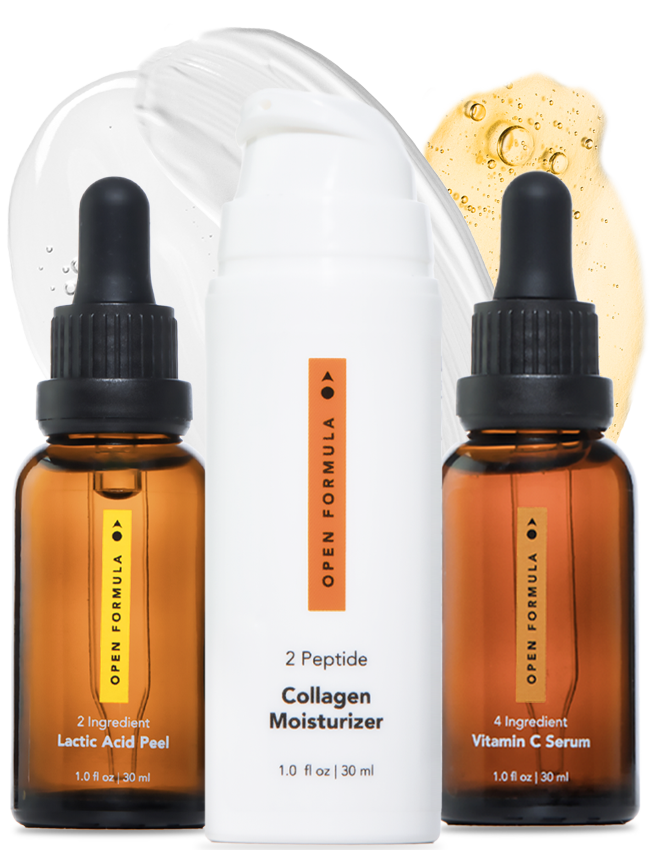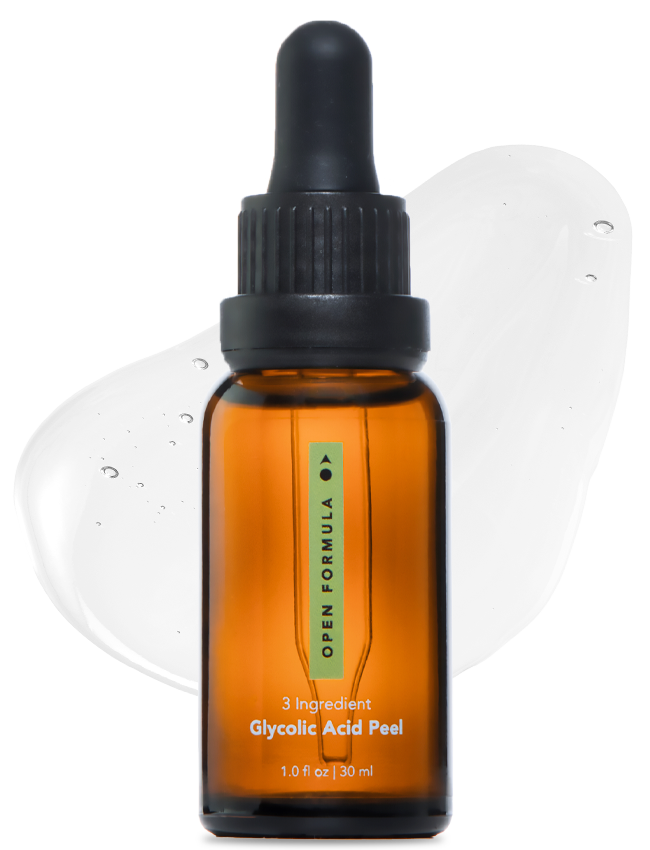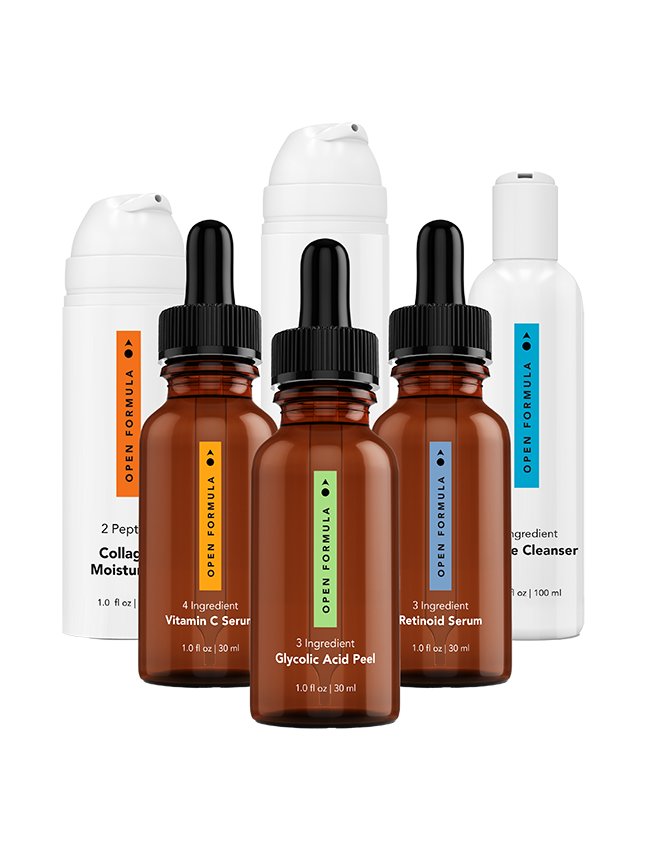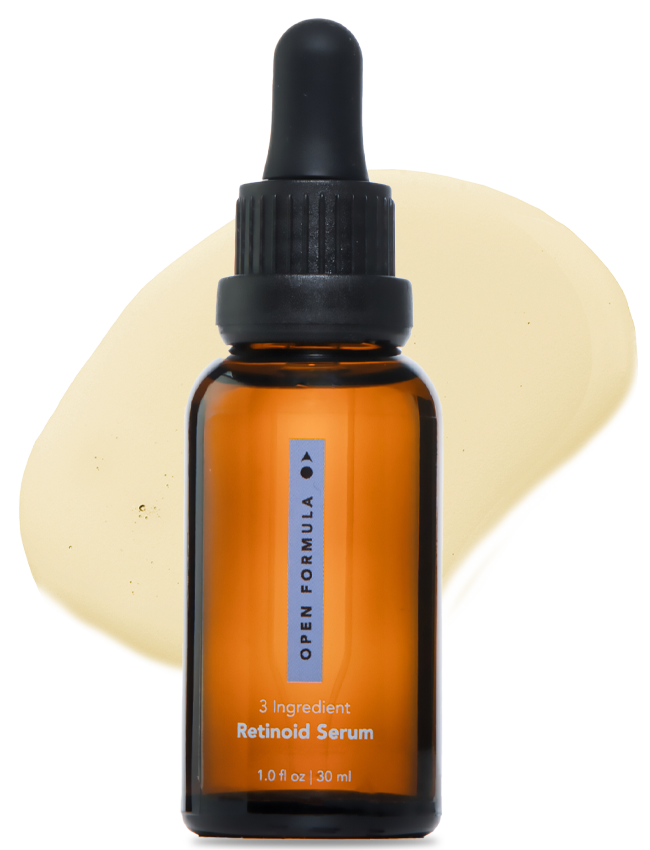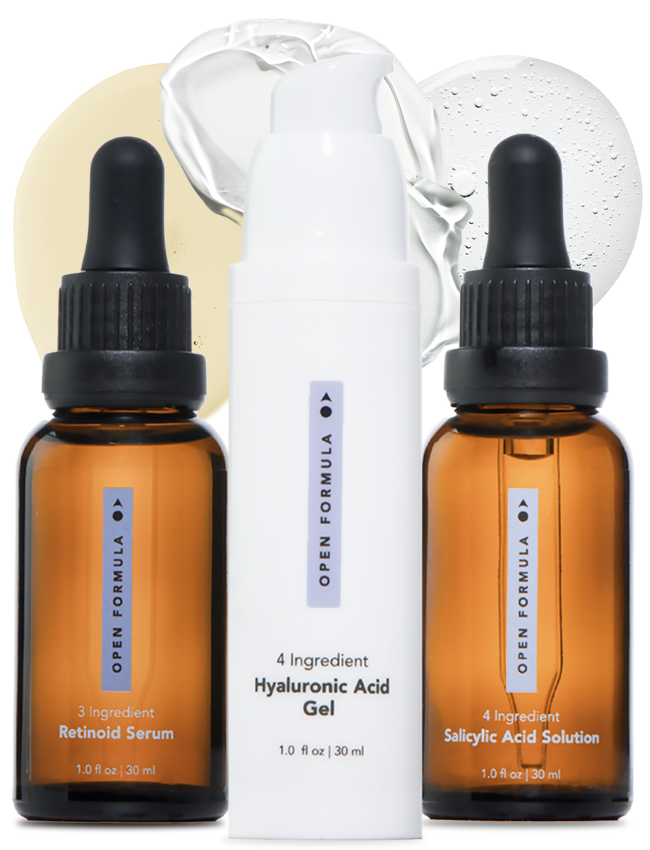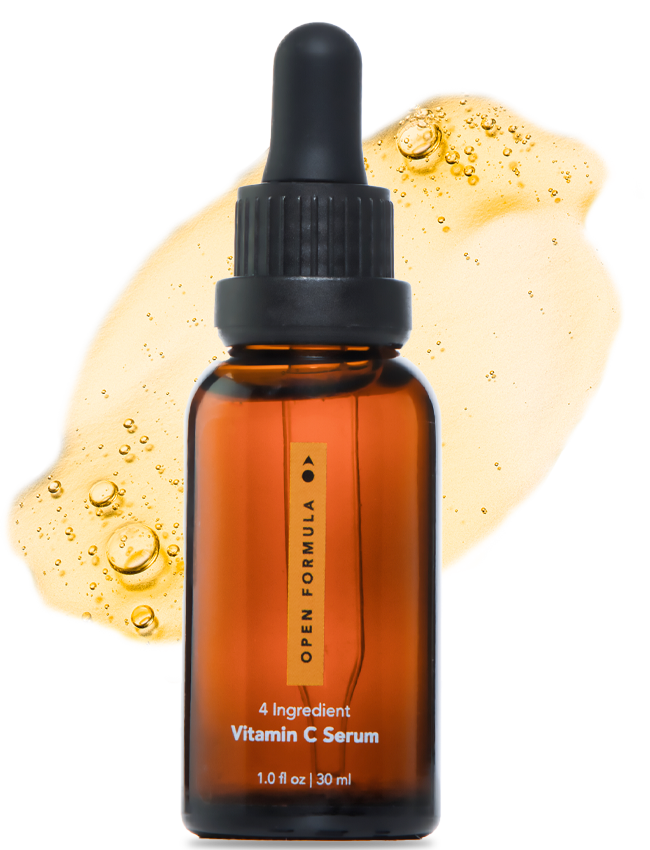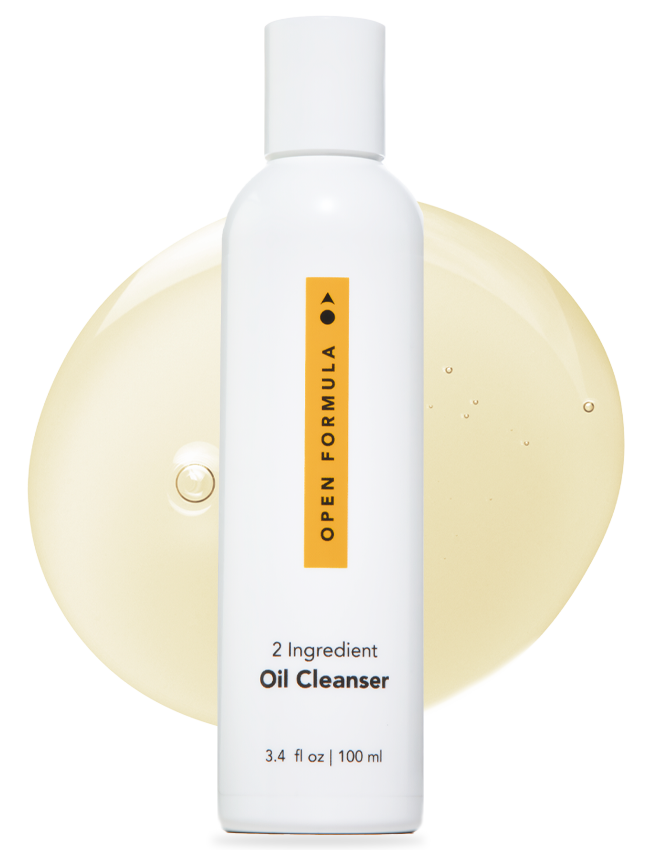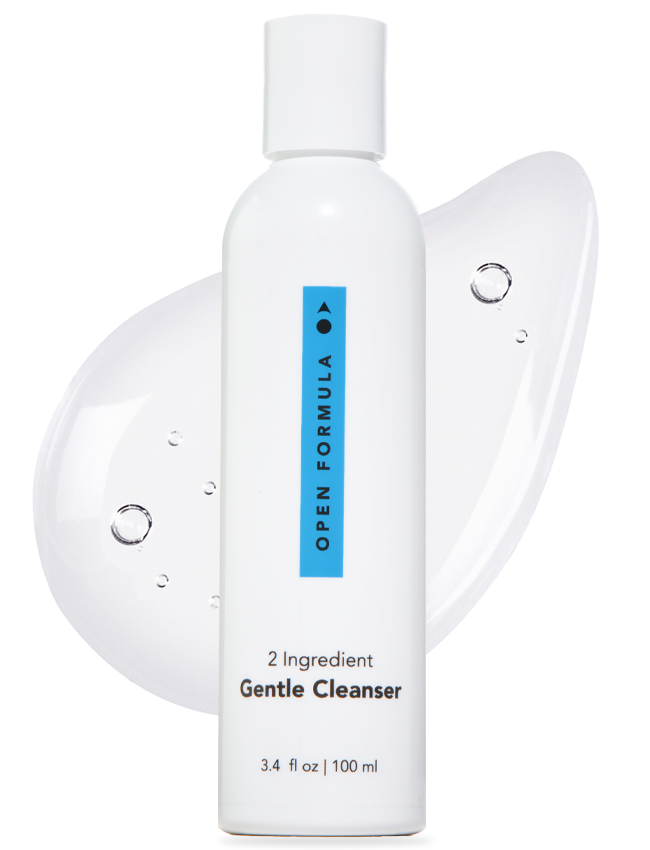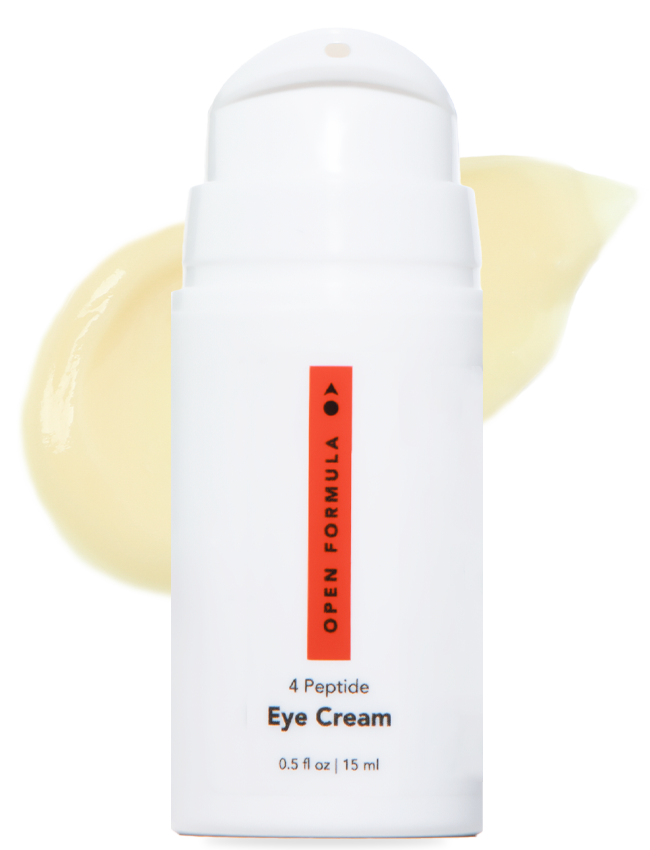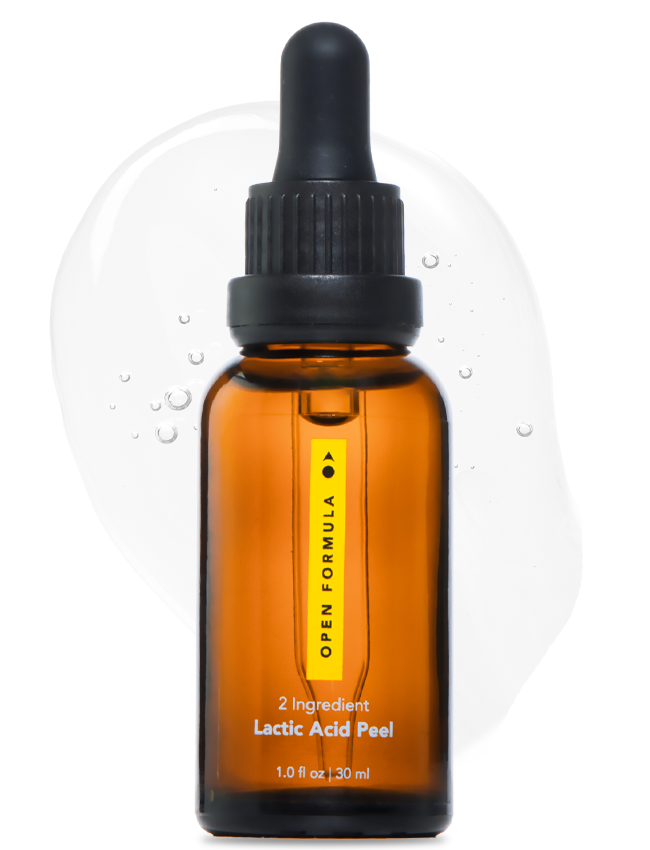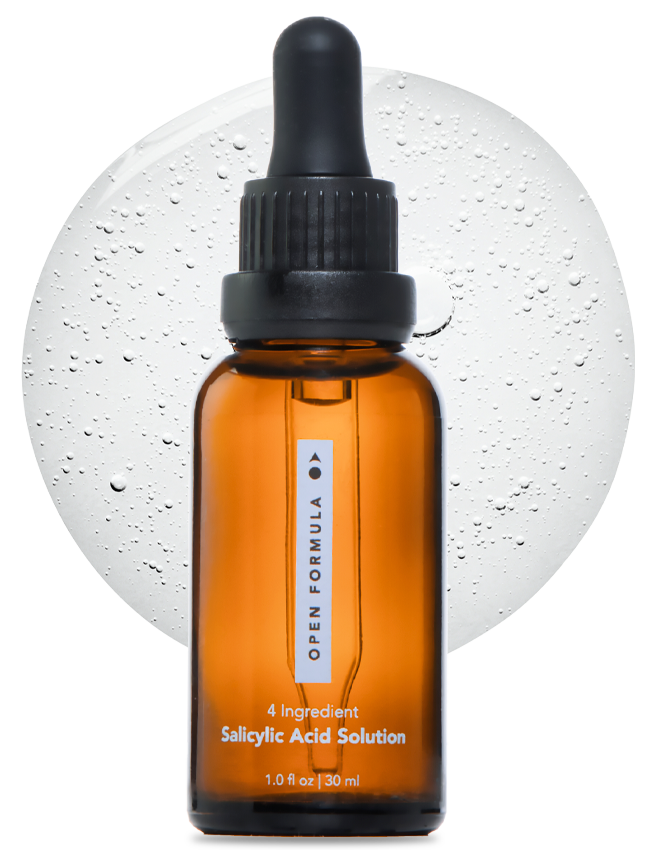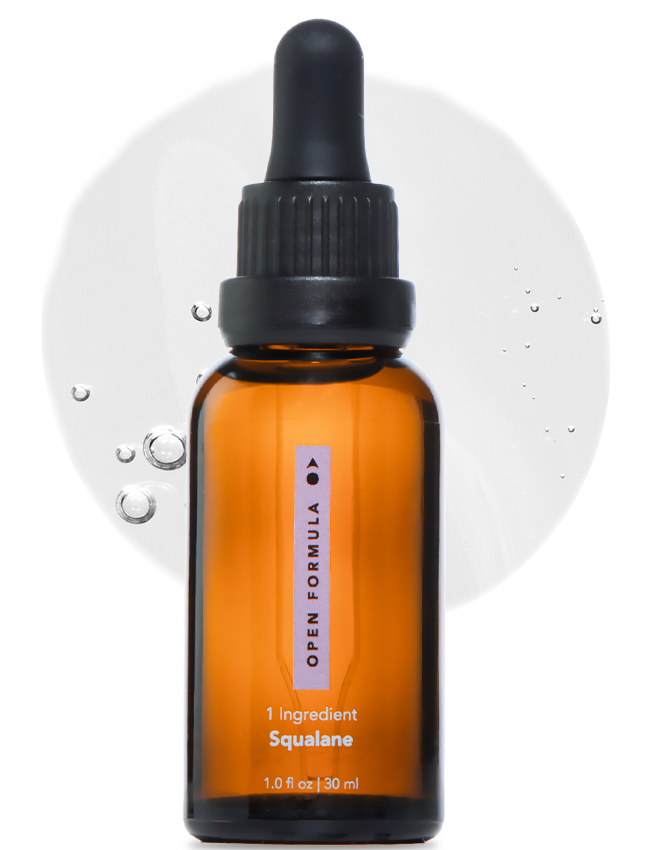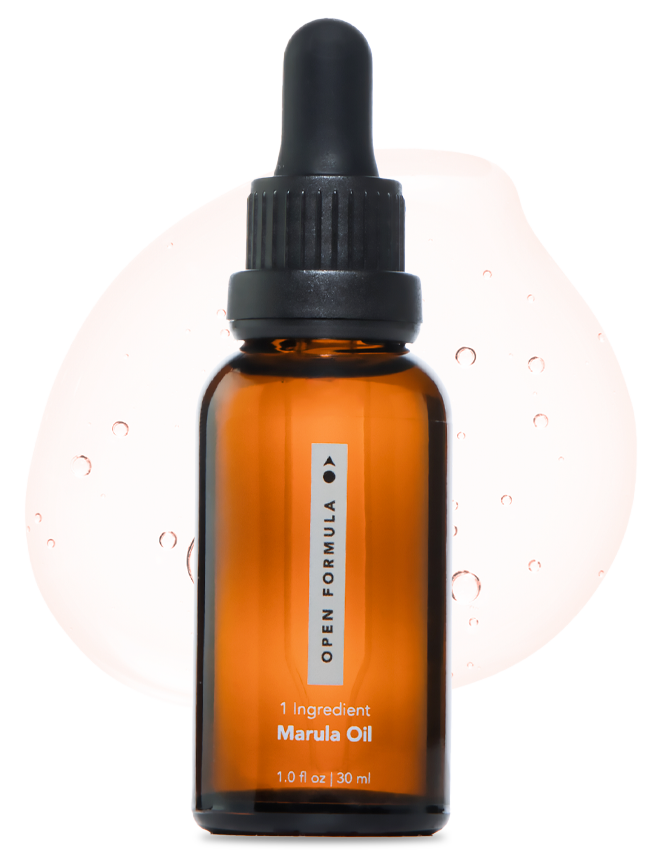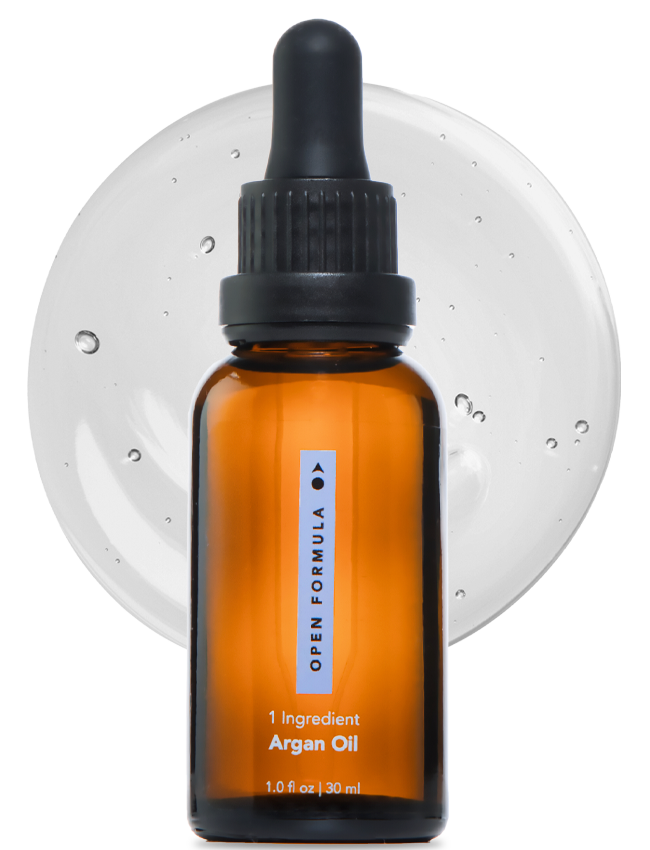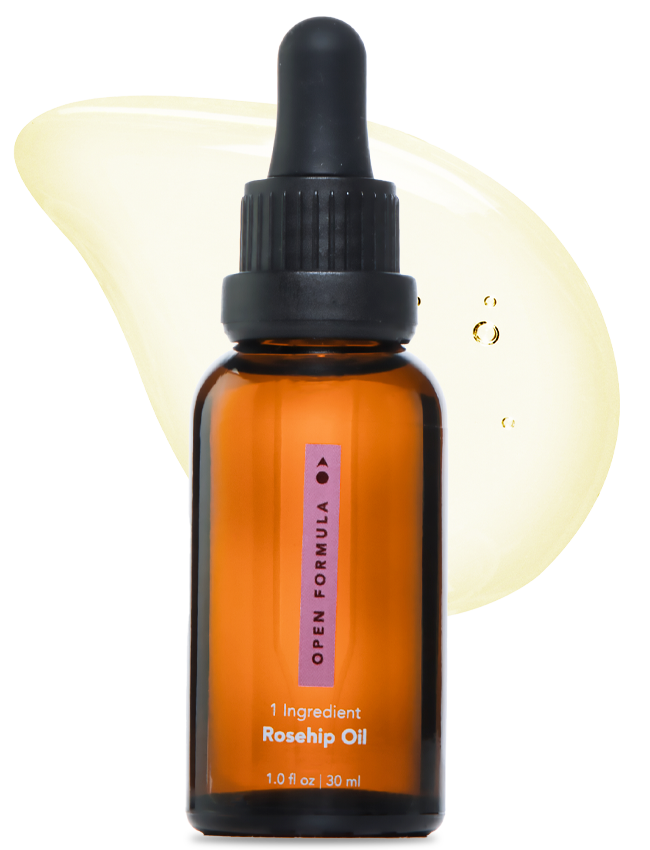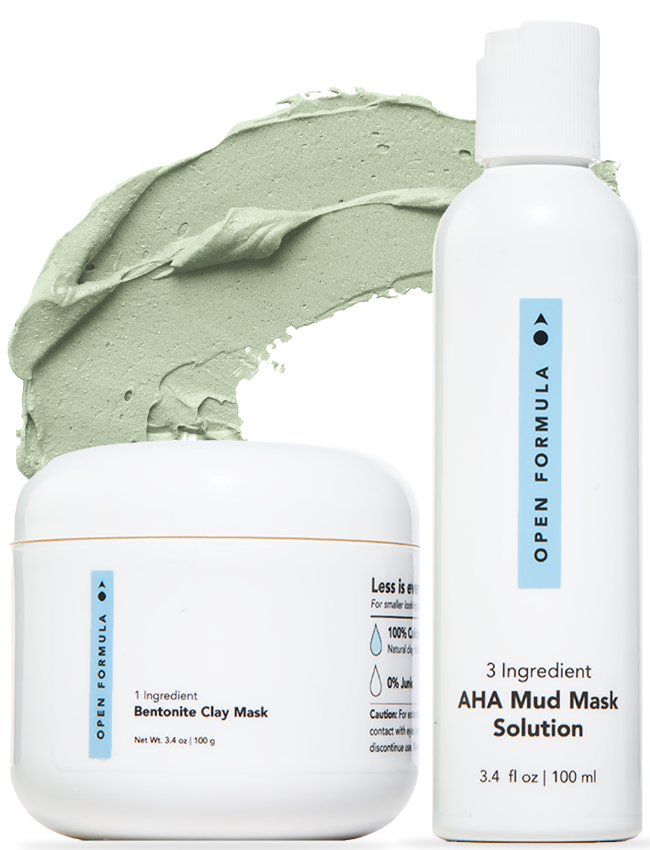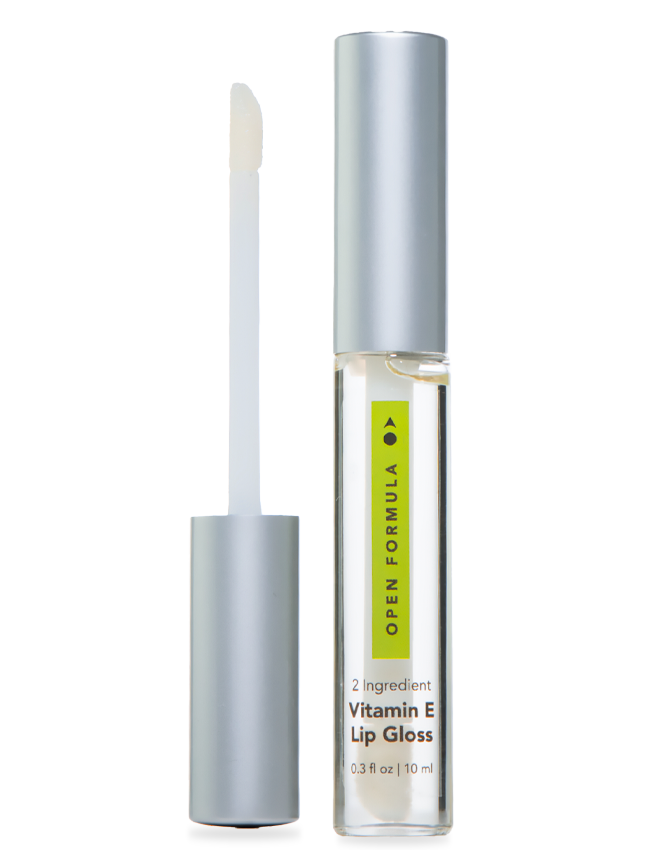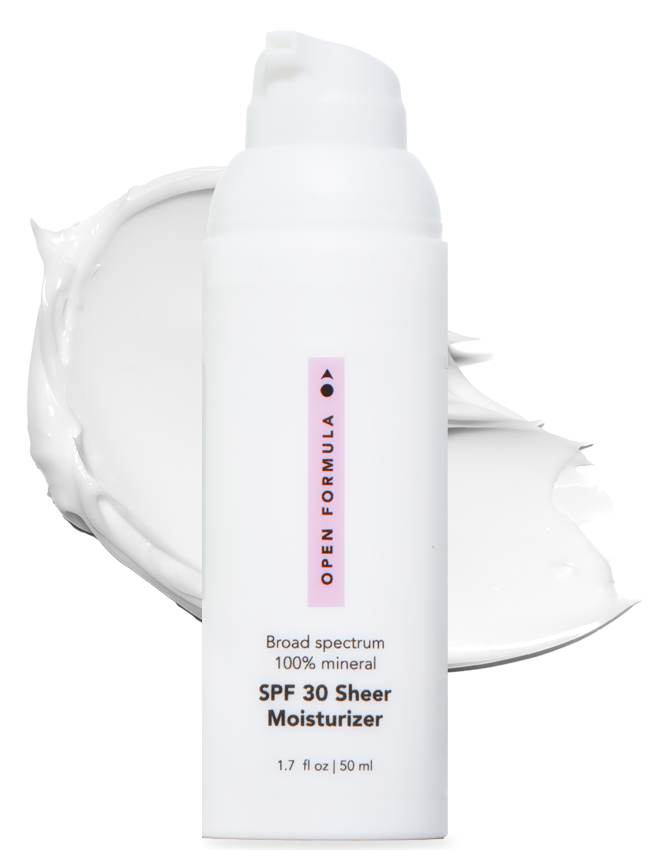Retinol almighty... Retinoids are the most powerful skincare ingredients. We’ll answer the question “What does retinol do?” and we’ll cover how to use it.
If there is 1 skincare ingredient that can visibly change almost everything on your skin, it’s retinol. From acne and acne scars, to dark spots and wrinkles. There is a ton of scientific proof it can reverse the appearance of all kids of skin damage.
But when people talk about retinol, they also talk about retinoids, tretinoin, isotretinoin, and other things that sound awfully similar. You need to know which one is best for you, and how to incorporate it into your skincare routine.
What is Retinol?
Retinoids are a group of ingredients derived from Vitamin A. Retinol is just one type of retinoid.
Vitamin A by itself is actually an “essential vitamin”. We need it for our bodies to function properly. It’s important for healthy eyesight, growth and development–– and unsurprisingly for healthy skin.
Our bodies don’t make it, so we need to include foods that have Vitamin A in them. In the case of skincare, we need to make sure Vitamin A is in our products.
Some of the first trials on retinoids were dated in the early to late sixties, so it has more research than any other skincare ingredient.
What Are Retinoids for?
Retinoids do two main things for skin:
1) Get rid of acne.
2) Slow down and even REVERSE the appearance of the signs of aging.
How Does Retinol Work For Acne and Anti-aging?
When it comes to acne, retinoids prevent pores from clogging, and that reduces the start of pimples.
The anti-aging abilities of retinoids were only discovered after older patients, who were using retinoids as a trial for acne, reported an improvement in their age-related skin problems. They reported improvements on appearance wrinkles and skin elasticity. This opened up a whole new avenue for research into different forms of retinoids for anti-aging!
The reason retinoids work for anti-aging is that they do 2 things:
- They speed up cell turnover. In layman's terms, faster cell turnover means that your skin always has 'new' skin cells at the surface, keeping it looking young and fresh.
- Retinoids stimulate collagen production, strengthening the underlying structure of the skin that keeps it looking young and bouncy.
Your body can’t do anything with Retinol. It first has to convert it to something called “retinoic acid”. This then “activates” the Retinol.
Types of Retinoids
Retinoic Acid - tretinoin [Retin-A] (prescription) - best studied (0.1%, 0.05% and 0.025%). It Helps With: Prescribed for acne and helps with signs of aging. How It Works: Increased skin cell turnover and it removes sebum in the skin’s ducts.
Retinoic Acid - isotretinoin [Accutane] (prescription). It Helps With:Prescribed for severe acne. You don’t have to be on it forever, only an average of 16-20 weeks. How It Works: Retinoic acid shrinks the oil glands in the skin.
Retinol - Cannot be used directly. It takes time to covert, and you can still get a bunch of irritation. 12 weeks for first results.Cumulative (0.1%, 1.0%). It Helps With: Wrinkles, texture, pigmentation, fine lines. How It Works: Stimulates collagen production.
Hydroxypinacolone Retinoate - ester of retinoic acid (2%) [Granactive Retinoid]. It Helps With: Reducing the appearance of the signs of aging, including dark spots, lines, wrinkles, skin tone, etc. How It Works: It works without the irritation, drying, and other side effects associated with Retinol.
Retinyl Esters (retinyl acetate and retinyl palmitate) - older skincare technologies. It Helps With: It’s antioxidant, reduces the appearance of fine lines and wrinkles. How It Works: First, it has to convert to retinol, then retinoic acid. Less irritation, but it's weaker.
Retinaldehyde (retinal on skincare labels) - a pre-cursor to retinoic acid. It Helps With: Rejuvenating the skin. Improves the feel of firmness and elasticity. How It Works: Speeds cell turnover, stimulates collagen production, keeps pores clear.
Adapalene - [Differin] now OTC. It Helps With: Acne and prevents clogging of the pores that cause acne. How It Works: Increases skin cell turnover and reduces inflammation.
Tazarotene [Tazorac]. It Helps With: Acne, and the appearance of photo damaged skin. How It Works: Increases skin cell turnover.
How to Add a Cosmetic or Prescription Retinoid to Your Routine
Adding retinol to your skincare routine takes 3 things, a lot of time, extra hydration, and sunscreen. You may have side effects that are reported by most users: irritation, dryness, redness, even peeling. These side effects happen during the adjustment period as your skin adapts to be able to accept the new ingredient.
#1 Timing
Any retinoid should be introduced slowly to minimize possible irritation. Use it every two days a week for at least 2 weeks, increasing to every other day as skin tolerance increases and up to every night if preferred!
#2 Amount
And in this case, more isn’t better! Stick to a pea-sized amount only. This will help you to keep your skin as irritation-free as possible!
#3 Do It At Night
It’s also important to remember to only use a retinoid at night. Here’s why.
1) They break down in ultraviolet light
2) And during the day they increase the skin’s sensitivity to the sun. This means that skin is more vulnerable to damage caused by UV rays. So a high SPF product is a must use in your routine, if you go with retinol.
How Long to See Results?
10-12 weeks for non-prescription and 6-8 weeks for prescription.
Retinoids are a great addition to pretty much everyone’s skincare routine. We’ve answered the question, “What does retinol do?”, and now that you know, you can make an educated choice about whether or not to add it to your skincare routine.

